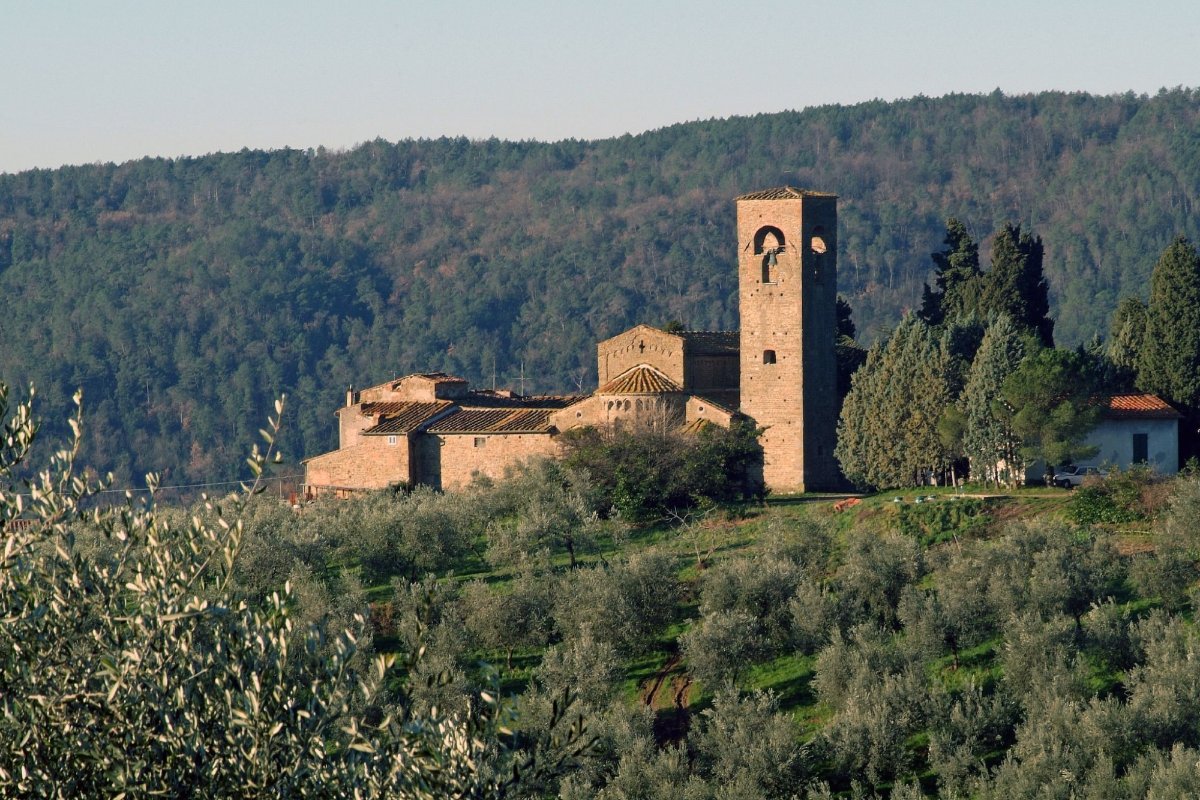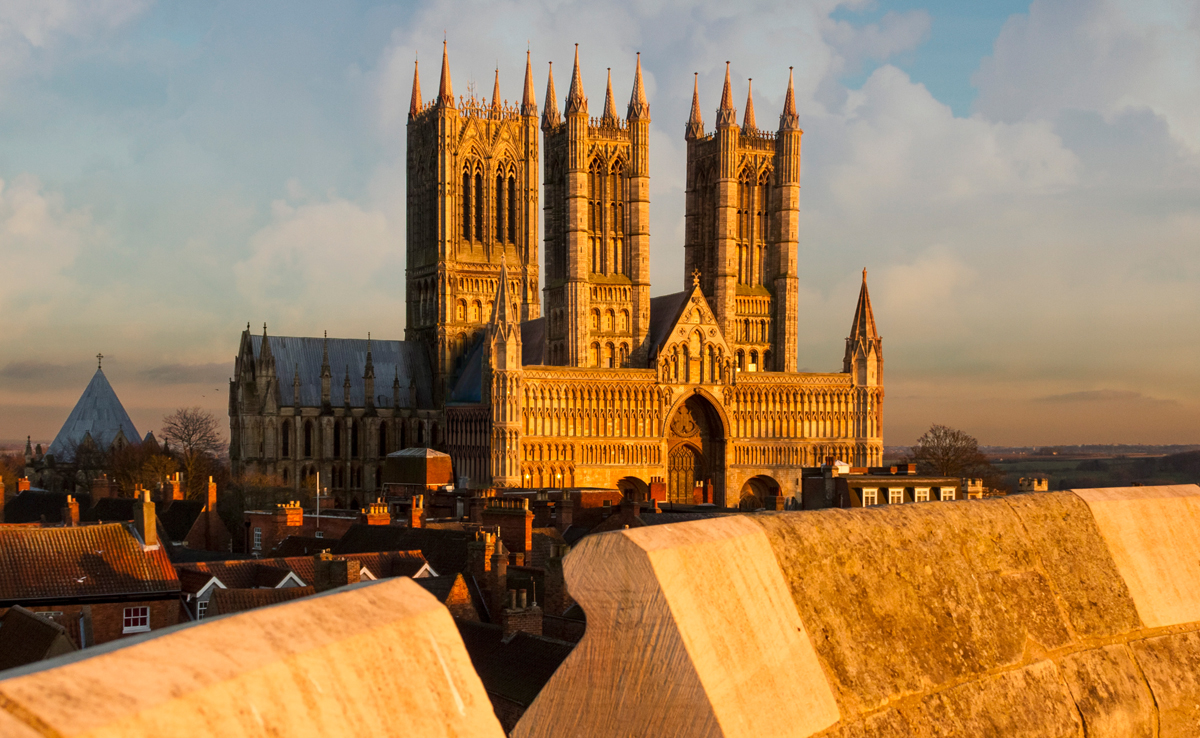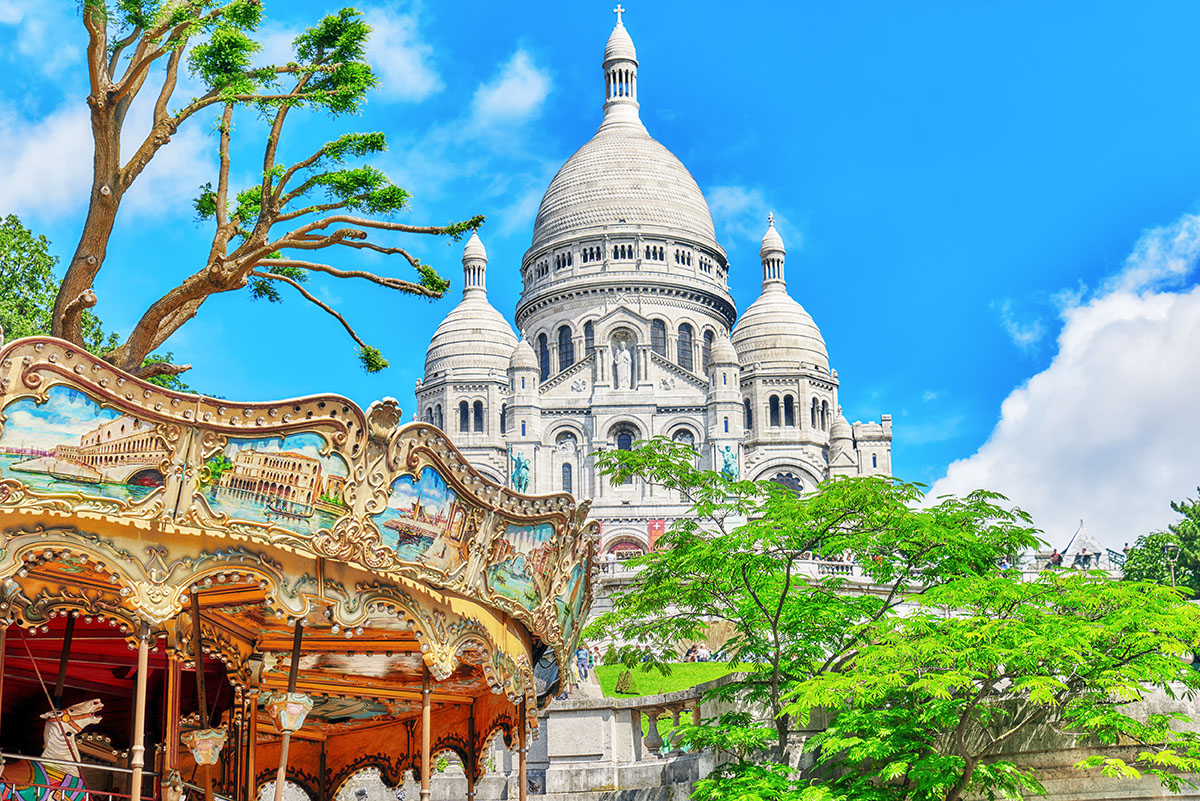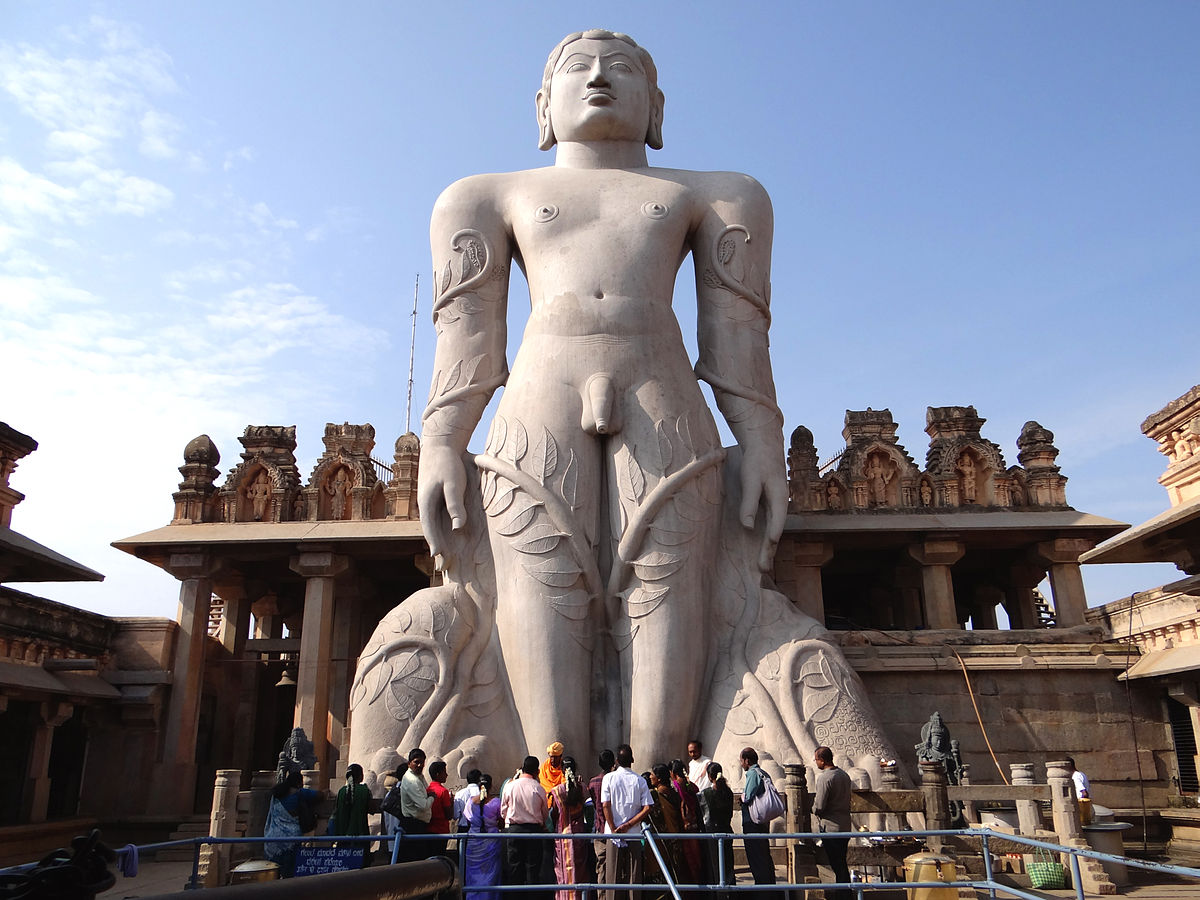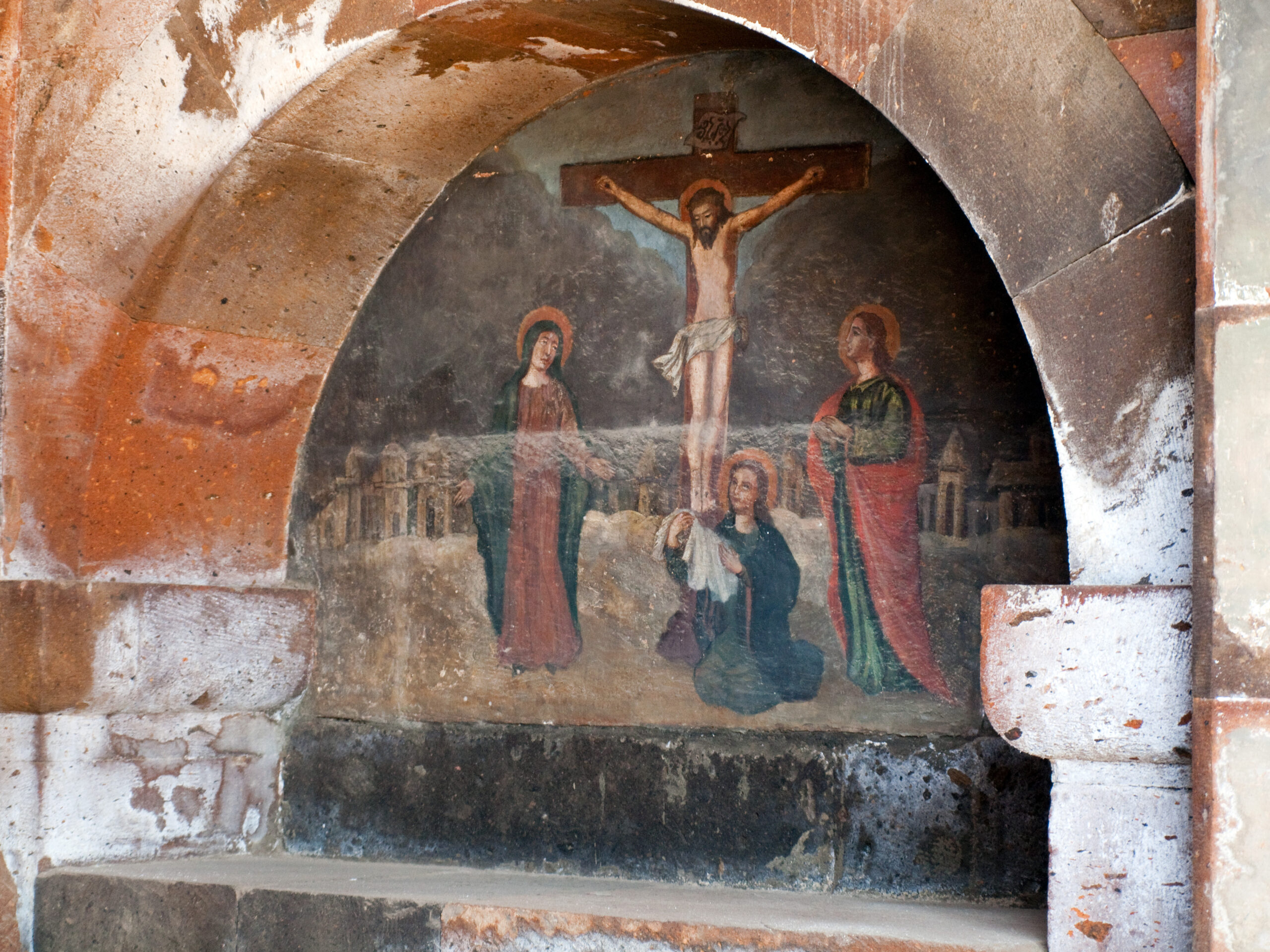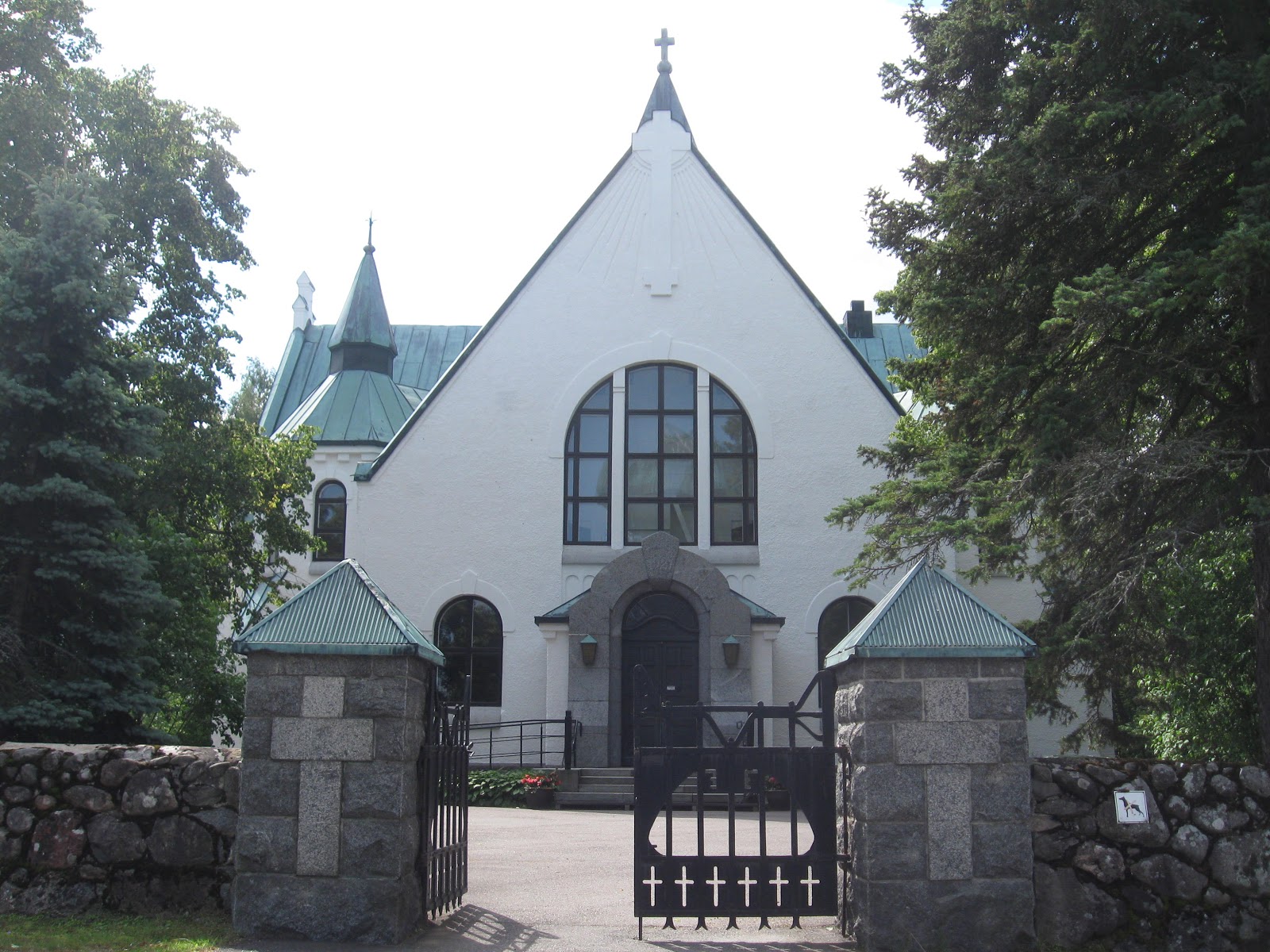Outside the castle overlooking the Villa, stands the Pieve di San Leonardo e Maria, already mentioned by Ottone III in a diploma of his in 998 with which he confirmed his properties to the Bishop of Pistoia.
Initially dedicated to the Virgin and San Giovanni, it was enlarged at the beginning of the 12th century by Countess Matilde. The dedication to St. Leonard took place in the sixteenth century. The original layout underwent restoration but not substantial transformations. Almost completely intact are the sides and the rear part, which presents between apses of valuable workmanship and Lombard-ravennate inspiration, decorated with an order of single lancet windows with round arch and a crowning of hanging arches, alternately set on pilasters or simple shelves.
On the left-hand side, also decorated with hanging arches and decorated with elegant single lancet windows, stands the massive bell tower, originally a watchtower insistent on the defensive system of the nearby castle.
The gabled facade – the portico is added at the rear – has on the left the plaster cast of an Etruscan cinerary urn depicting the journey to the underworld of a magistrate on a quadriga. The use of the material used in the construction of the buildings of this period was very frequent: in the parish church of Artimino there is other evidence on the left side, where casts of other urns are visible. The interior has a hall plan with three naves set on pillars with round arches covered by fourteenth-century Gothic vaults. The latter, which are due to Bartolo Riccardi whose coat of arms can be seen in the keystones, hide the ancient wooden roof and the Romanesque single lancet windows on the sides.
The church houses works of the Tuscan school of the 15th century, among which stand out the wooden statues of St. Anthony the Abbot attributed to Agnolo di Polo and attributable to the first quarter of the 16th century and one of St. Leonard attributed to the Sienese Domenico di Niccolò "dei Cori".
As well as a visit in terracotta of the Della Robbia school.
